We will start with a short talk by Mark entitled “The Star of Bethlehem Rebooted – a modern perspective”.
Image credits: Roger Ferrin and OGWT
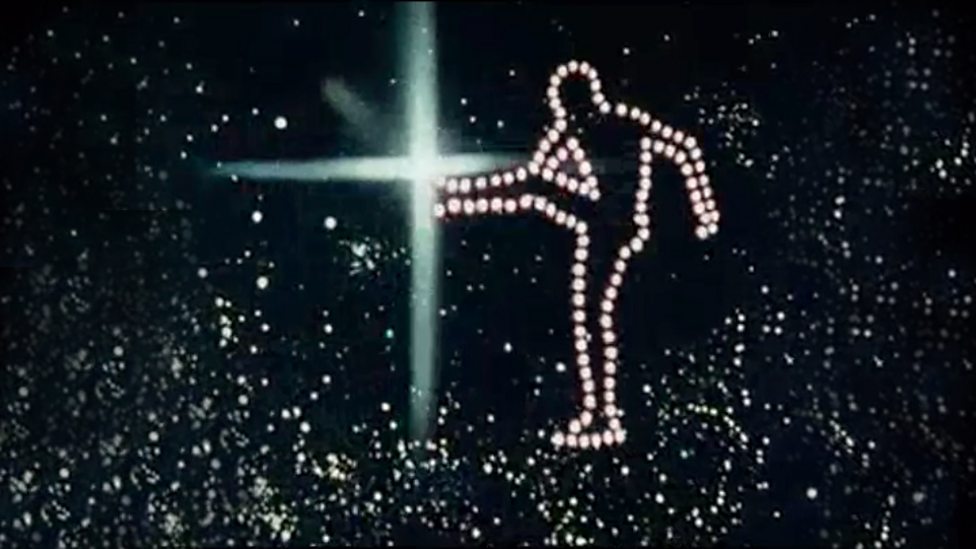

This will be followed by the legendary HLCO Christmas Quiz provided by Colin.
There will be a prize!

We will start with a short talk by Mark entitled “The Star of Bethlehem Rebooted – a modern perspective”.
Image credits: Roger Ferrin and OGWT


This will be followed by the legendary HLCO Christmas Quiz provided by Colin.
There will be a prize!
Scilly Astronomy and the HLCO Winter Project
There will be a double presentation by Mark Holmes for the November meeting. The first half will be ‘Scilly Astronomy’ in which Mark will describe the success of an HLCO outreach project.
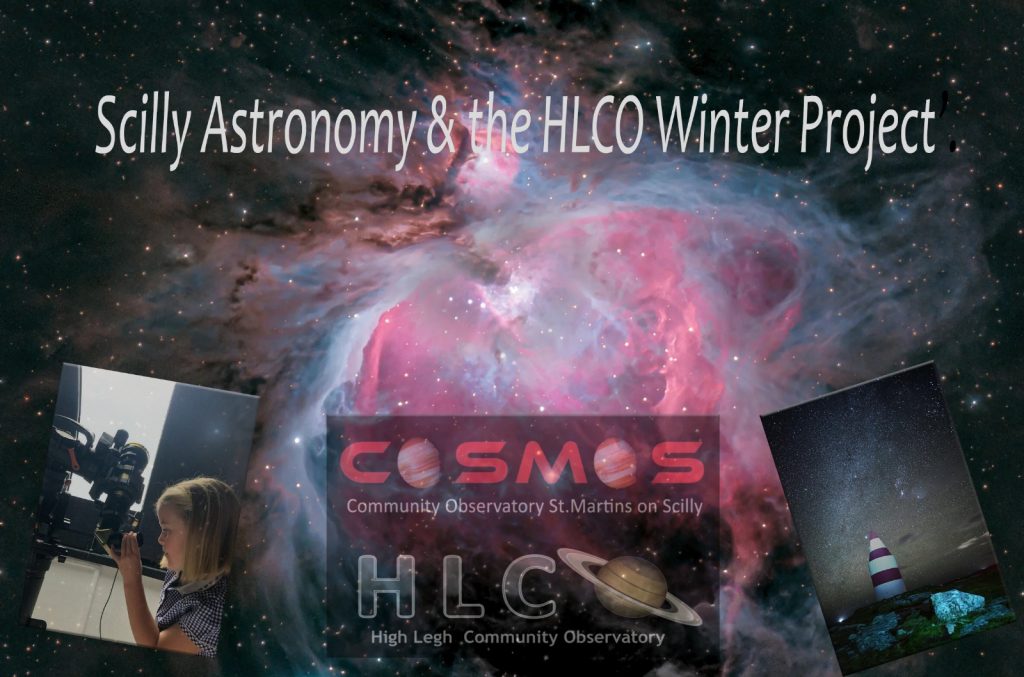
In the second half he will turn to practical matters at our own observatory here at HLCO. Mark will outline a list of 10 objects we will target over the Autumn/Winter period for imaging with our upgraded kit, with a view to presenting the results in Spring 2026.
Some Strange Characteristics of Gravity
Andy Verwer of MaccAstro will present a two-part talk to answer the questions:
a) Why do we get two identical high tides per day?
b) Lagrange points: what are they and why are they useful in space flight?
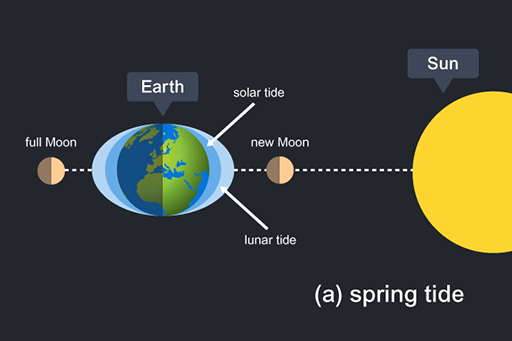
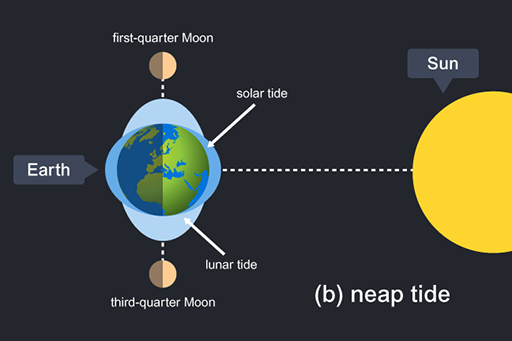
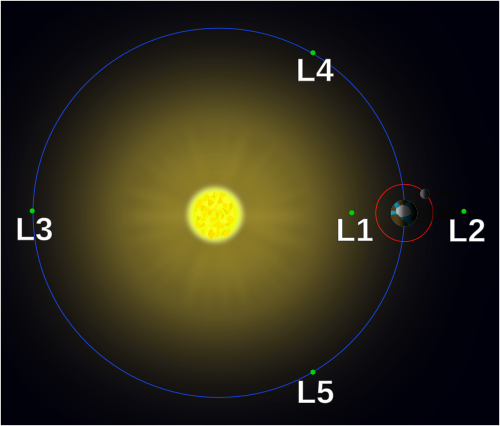
Mapping the Universe to reveal its dark secrets
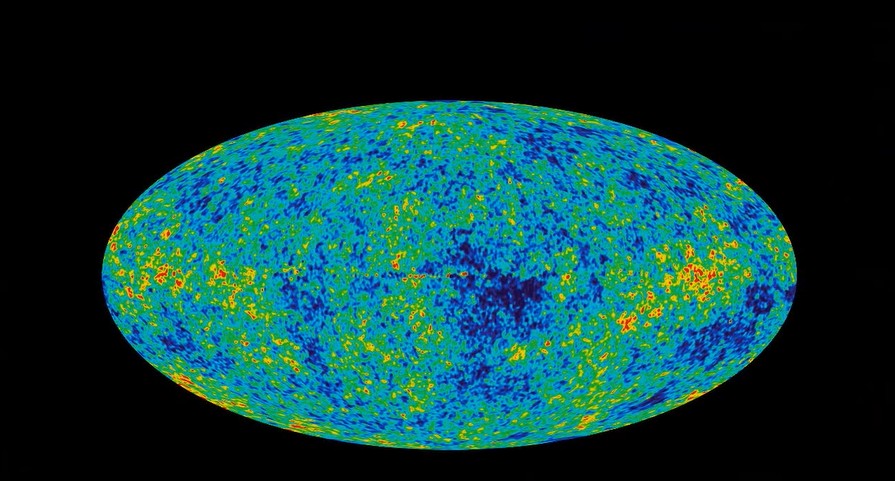
Our speaker will be Dr Steve Cunnington from the Institute of Cosmology and Gravitation, Universities of Portsmouth and Manchester.
Steve says “We sort of understand how our Universe works and evolves. However, this relies on the existence of dark matter and dark energy, which should make up 95% of the Universe. The problem is that we lack an understanding of these phenomena, and they remain undetected in particle colliders.
Strong arguments therefore exist that perhaps our interpretation of the Universe is missing something. For example, maybe we need to extend Einstein’s general relativity, our current description of gravity. It is the job of cosmologists to use the latest tools to observe our Universe and test such possibilities.“
In this talk, Steve will give an overview of how large radio telescopes, such as the Square Kilometre Array, will provide new ways to map the structure of the Universe by recording how its content is distributed. These maps, which stretch unprecedented scales and depths, provide clues to how gravity works and can help reveal the nature of dark energy and dark matter.
We will be taking a break in August but we will be back in September.

Meanwhile, as mentioned at the July talk, you might want to head over to FaceBook to take a look at the HLCO-branded merchandise that is now available. Just search for the group called “High Legh Community Observatory”.
If you are not on FaceBook, you can follow this link to the catalogue
https://online.fliphtml5.com/gthel/nyrs/
Eric through the looking glass

Eric McElroy will take us on his personal journey into astrophotography, from conception to reality.
He will describe the adventure step by step, from being a complete beginner to producing images like this (NGC 4565 The Needle Galaxy ) in only a matter of months… despite the challenge of working in a Bortle 6 area (i.e. under a bright suburban sky).
The Blue Jewel that is Neptune

Mark Holmes will tell you everything you ever wanted to know about the furthest planet from the Sun but were afraid to ask…
Image credit
NASA / Voyager 2 / PDS / OPUS / Ardenau4
Slides from this talk can be found here
Jupiter the bully, and Saturn the saviour
David Temperley of ADAS will present the story of how the solar system developed from tiny dust particles to mighty planets, concentrating on the role of Jupiter and Saturn in planetary formation, and introducing some of the latest research on the topic.
The Parker Solar probe – ‘touching’ the Sun

John Anderson will start our evening by outlining the story of this remarkable spacecraft and the discoveries it has made.
Launched in 2018 and having already completed several close approaches, the probe came within 3.8 million miles of the Sun’s surface on December 24th, 2024… and survived!
The Sun and the aurora
Terry Griffiths will then continue her account of the aurora (started in December) with a description of the processes within the Sun that cause charged particles to reach Earth and produce that dazzling show.

Cosmic Rays
We welcome back Dr. Steve Barrett from the University of Liverpool for another of his mind-blowing and fascinating talks.

High-energy charged particles are continually raining down on the Earth. Where do they come from and how do they gain so much energy?
This talk includes a demonstration of a cloud chamber that allows cosmic rays to be seen
UDATE Following his excellent talk, Steve has been in touch say he’d be happy to take questions by email. He’s also offered more information:
If anyone missed grabbing a handout of the slides of my talk, they can be downloaded here:
https://www.liverpool.ac.uk/~sdb/Talks/Cosmic-Rays-HLCO.pdf
and a video recording of the talk is here:
https://youtu.be/P6wmB0Ae9UU
For anyone interested in building a cloud chamber for themselves this is the article in the journal ‘Physics Education’ that started it all:
https://iopscience.iop.org/article/10.1088/1361-6552/ad506c
The article in the Journal of the BAA:
https://www.liverpool.ac.uk/~sdb/CloudChamber/BAA-Cosmic-Rays.pdf
Detailed instructions describing how to build a cloud chamber for £35:
https://www.liverpool.ac.uk/~sdb/CloudChamber/Building-Cloud-Chamber.pdf